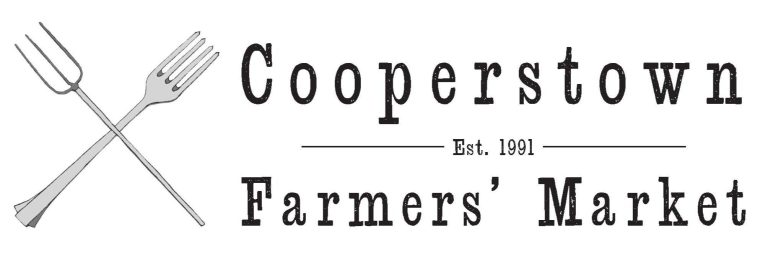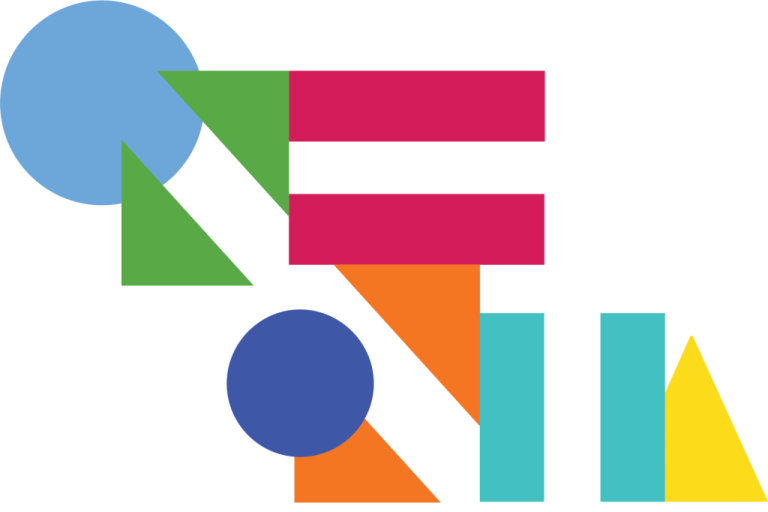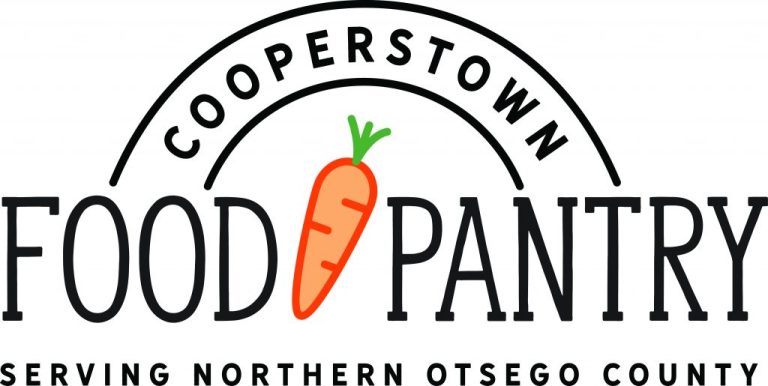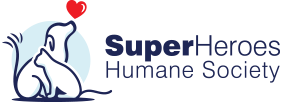
Citizen Science No. 2 by Jamie Zvirzdin
False Alarms in Science and the
Media: Examining Cause and Effect
When we moved into a house in 2018, I was delighted by the 1970s appliances that came with it, particularly a gas stove. Not only did it have an enormous oven underneath the range, but also a smaller oven hanging above. Two ovens and a gas range! What luxury!
Alas, the gas stove has since struggled and the one remaining oven that works keeps making the fire alarm go off. Last month, I was about to start the search for a new one when the headlines rolled in: Science Finds Gas Stoves Cause Asthma in Kids! U.S. Government to Outlaw Gas Stoves! Random Guy on Twitter Says the Government Shall Never Take His Beloved Stove!
It’s tiring, really.
A great summary of the issue from a moderate but informed perspective comes from Emily Oster, an excellent economist who teaches at Brown University. In a “Slate” article titled “Are Gas Stoves Really Causing Asthma?” she explains exactly how the researchers behind the science paper arrived at their bold this-causes-that conclusion. The evidence that sparked the controversy is, as Oster says, “probably overstated.” What started as a flashy claim set hot tempers ablaze and ignited terrible stove-related puns in news stories across the nation.
The vast majority of us want to be wise, we want to be safe, and we want to be good to our planet and each other, especially our kids. But false alarms stress us out: How can we keep our families and flocks safe from both wolves and little boys who cry wolf? What about scientists whose data analysis leads them to believe they are legitimately justified in crying wolf? When should we panic, get angry, take action? Science and news literacy—learning how science does or doesn’t work, and how information is represented or misrepresented in the media—will absolutely help us as we sort the good shepherds from the ones who want unwarranted attention. As consumers, as citizens, as parents, as leaders in our communities, we must learn when to ignore the false alarms.
My father-in-law, Joseph, is a wise, measured man, and we’ve had great conversations over the years. In fact, the first day I met him, we zoomed right past small talk and were agreeing about something in politics, or religion, or culture—I don’t quite remember the topic—but I remember that he said, “Don’t push the emergency button.” I liked that, and it has stuck with me. We absolutely must act with speed in emergencies, but even Emergency Medical Technicians are taught, when they arrive on site, to stop and assess the situation first. We ought to do the same with science studies—and in any situation where people might be using science studies to bolster their own agendas.
Understanding cause-and-effect relationships is a broad but important starting point to help us assess alarming information. When we accurately pinpoint causes and their effects, we can solve problems, make better decisions, predict future outcomes, improve our health and happiness, and be better scientists. In fact, science is based on the principle of causality and is a critical component of the scientific method. The hypothesis, if we remember back to our elementary science fair projects, is a cause-and-effect prediction: If I do X, then Y will happen.
However, in reality, causality is very tricky to determine. Lots of problems crop up when we try to determine what causes what. Here are just six of those problems:
- Correlation does not equal causation: Just because two variables seem to happen at the same time doesn’t mean we can say that one causes the other. Maybe other factors are making both variables change, or maybe the correlation is entirely coincidental. If you want a good laugh, go to Tyler Vigen’s website, “Spurious Correlations” (https://www.tylervigen.com/spurious-correlations), and you’ll see what I mean.
- Confounding variables: Confounding variables are “extra” factors we forgot to account for in an experiment, making it hard to tell which variable is causing the observed effect. For example, people who drink alcohol have a higher risk of getting lung cancer. But that’s not because alcohol causes lung cancer: It’s because people who drink are also more likely to smoke, and smoking is a known cause of lung cancer.
- Reverse causality: In some cases, the direction of causality is reversed from what we expect. Maybe Y causes X, instead. For example, it may be the case that poor health causes people to exercise less, rather than the other way around.
- Simultaneity: This problem is when X causes changes in Y and Y causes changes in X. Maybe smoking causes depression and depression causes smoking.
- Ethical limitations: In some cases, it’s neither possible nor ethical to conduct experiments that would definitively prove causality. For example, it might not be ethical to randomly assign people to different diets or lifestyle behaviors. And it’s definitely not ethical to subject children to gas stove fumes to find out if gas stoves really do cause asthma in kids.
- Complexity of natural systems: Life is so beautifully complex that we cannot predict with perfection how something will affect something else. Natural systems are often chaotic, to the extent that even with great computational power, it’s impossible to say with 100 percent accuracy that something causes something else. This is why we rely on statistics, but as we’ve seen in the Great Gas Stove Kerfuffle, it’s easy to go wrong and misinterpret or inflate statistical data.
In sum, the next time someone tells you to push the emergency button and get fired up about an issue RIGHT NOW, press pause instead. Assess the situation, as EMTs do. I don’t know what stove I’ll end up buying, but I know this: With so many problems to confront in this complex world of ours, careful causal relationships can help us make better decisions, but because we have limited time, resources, attention and energy, we have to pace ourselves.
Jamie Zvirzdin researches cosmic rays with the Telescope Array Project, teaches science writing at Johns Hopkins University and is the author of “Subatomic Writing.”





